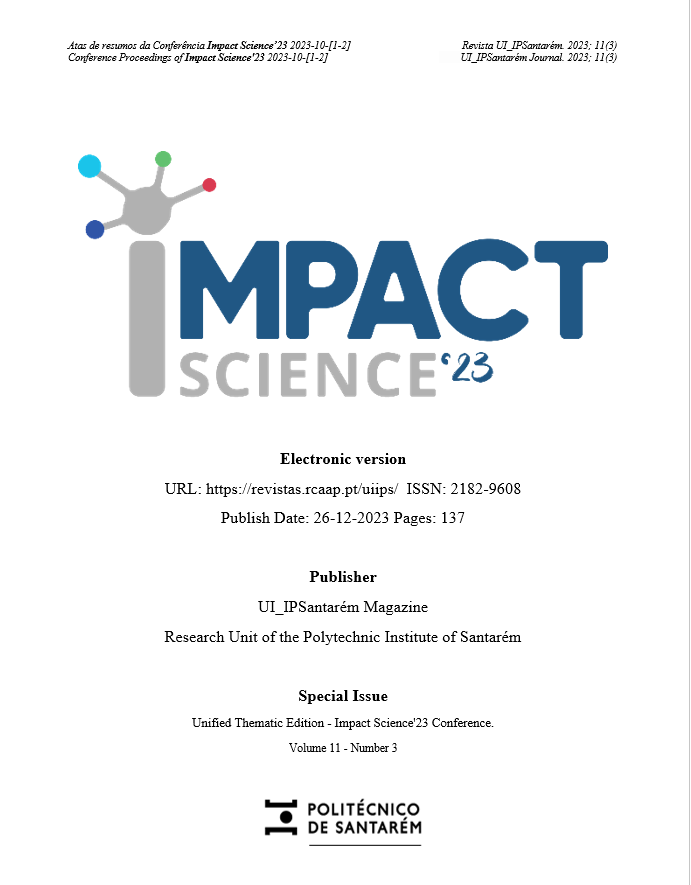Digital tools to help physical education teachers promoting health-related behaviors in teenagers students - FITeens project first results
DOI:
https://doi.org/10.25746/ruiips.v11.i3.32322Keywords:
Physical Activity, Healthy Lifestyle, Teenagers, Digital Tools, Applied TechnologyAbstract
The aim of FITeens Project (Promoting Physical Activity and Healthy Habits in Sedentary Teenagers) is to pilot an engaging educational intervention targeted at teenagers to promote physical activity and healthy habits based on the Big 6 (i.e., physical activity, sufficient sleep, low screen time, consumption of alcohol and tobacco, and intake of healthy food). The first result of the project (i.e., FITeens Toolkit - García-González, L. et al., 2023), is a digital tool for Physical Education teachers (i.e., eBook) with a set of ideas, resources, and good practices that can be incorporated into their teaching practice. This toolkit has 3 different modules: 1) High schools as effective settings to promote healthy lifestyles, that covers the importance of schools in the acquisition of healthy habits; 2. Motivation as a key to physical activity promotion, that focus on the importance of motivation to change behaviour; 3. Health-related behaviors in young people, that focus on the key health-related behaviors, describing each of them in depth. All modules of the eBook, in each area of the BIG 6, provide theoretical explanation, videos, infographics and learning situations that will support Physical Education teachers in acquiring a broad knowledge of how to get their students motivated to engage in physical activity and acquire healthy habits.
Downloads
Published
How to Cite
Issue
Section
License
Copyright (c) 2023 Luis Cid, José Rodrigues, Filipe Rodrigues, Gonçalo

This work is licensed under a Creative Commons Attribution-NonCommercial-NoDerivatives 4.0 International License.
Authors publishing in this journal agree to the following terms:
Authors retain copyright and grant the journal the right of first publication, with the article simultaneously licensed under the Creative Commons Attribution License that allows sharing of the work with acknowledgement of authorship and initial publication in this journal.
Authors are permitted to enter into additional contracts separately for non-exclusive distribution of the version of the article published in this journal (e.g., publish in an institutional repository or as a book chapter), with acknowledgment of authorship and initial publication in this journal.
Authors have permission and are encouraged to publish and distribute their work online (e.g., in institutional repositories or on their personal webpage) at any point before or during the editorial process, as this may generate productive changes, as well as increase the impact and citation of the published work.



